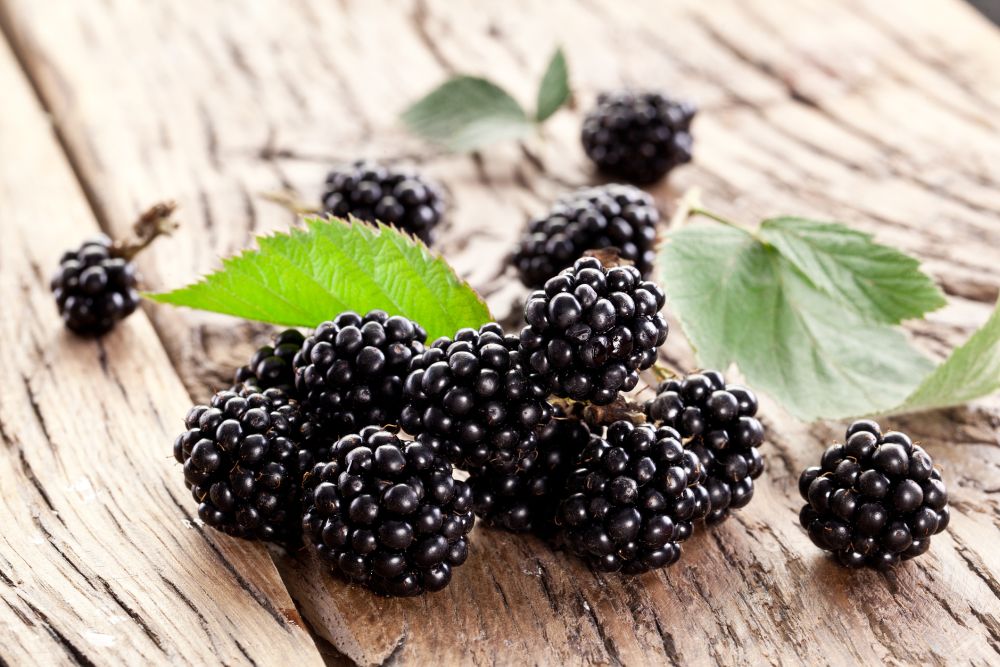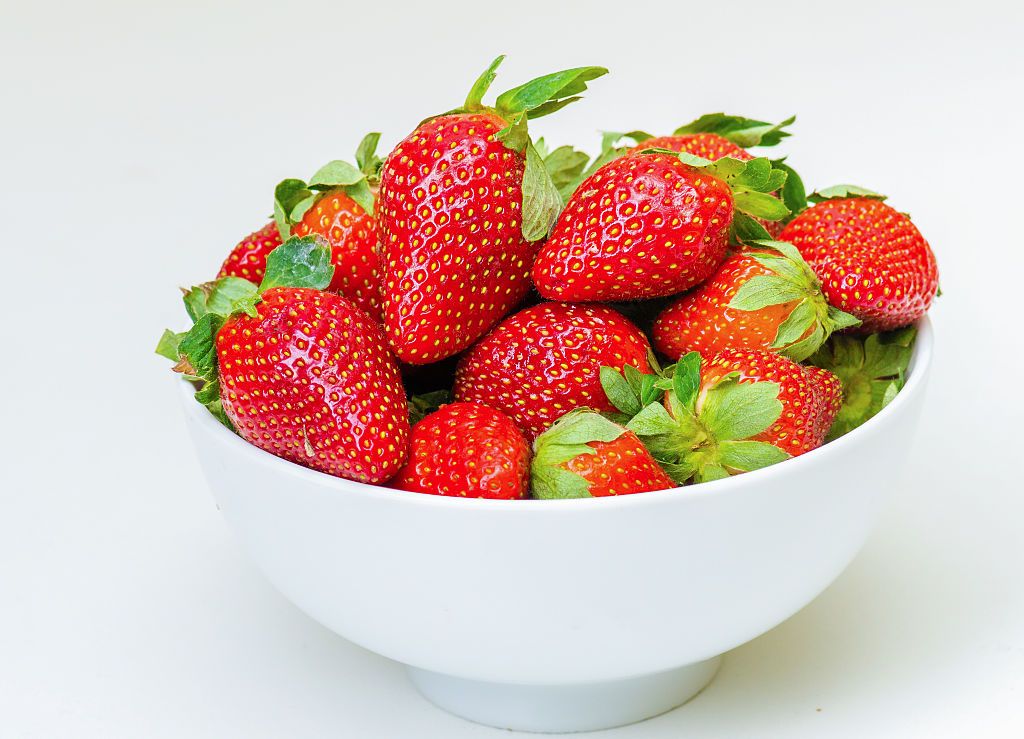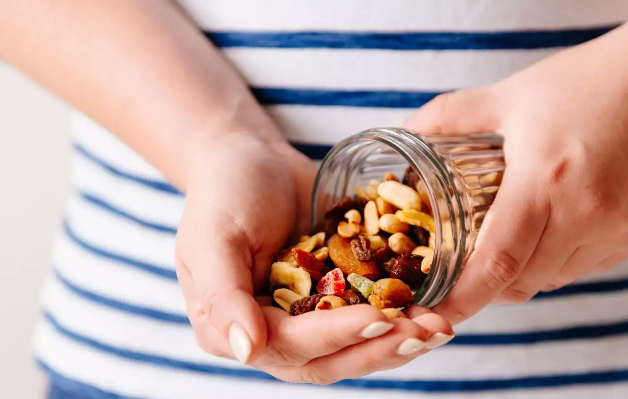If you’re trying to lose weight, eating the right fruits can help because they’re low in calories and packed with nutrients. Mangoes and apples are two tasty fruits that are also good for your health. Let’s see which one is the better option for losing weight.
Table of Contents
- Nutritional Benefits
- 1. Benefits of Mangoes
- 2. Benefits of Apples
- How Many Calories Do They Have?
- 1. Calories in Mangoes
- 2. Calories in Apples
- What About Sugar?
- 1. Sugar in Mangoes
- 2. Sugar in Apples
- The Role of Fiber
- 1. Fiber in Mangoes
- 2. Fiber in Apples
- In Conclusion
- Frequently Asked Questions
- Can I eat mangoes and apples together for weight loss?
- Should I avoid mangoes and apples if I’m on a low-carb diet?
- Is it better to eat mangoes and apples with or without the skin?
Nutritional Benefits
Both mangoes and apples are full of nutrients that are great for someone trying to lose weight:
1. Benefits of Mangoes
Mangoes are full of vitamins, minerals, and fibers. They have lots of vitamin C, vitamin A, and folate. Mangoes also have antioxidants like beta-carotene and polyphenols, which protect your body from damage.
Even though mangoes have more sugar than some fruits, their fiber helps you feel full and keeps your digestive system working well.
2. Benefits of Apples
Apples are known for their high fiber content, which can help you feel full and manage your weight better. They’re also a good source of vitamin C. Apples have antioxidants too, especially flavonoids, which offer many health perks.
How Many Calories Do They Have?
The number of calories in fruits matters when you’re trying to lose weight:
1. Calories in Mangoes
Mangoes have more calories than apples. Depending on the size and type, a medium-sized mango usually has about 150-200 calories.
While mangoes are healthy, you should watch how much you eat if you’re keeping an eye on your calorie intake.
2. Calories in Apples
Apples are a fruit with fewer calories, which is why they’re often recommended for weight loss. A medium-sized apple has around 80-100 calories. Because apples have lots of water and fiber, they can make you feel full without adding too many calories.
What About Sugar?
You should also think about how much sugar is in fruits when choosing what to eat for weight loss:
1. Sugar in Mangoes
Mangoes are sweet and have sugars in them. The amount of sugar might be different based on how ripe the mango is and what kind of mango it is. But generally, mangoes have more sugar than apples.
Remember, the sugar in mangoes is natural and comes with other good nutrients and fiber.
2. Sugar in Apples
Apples have natural sugars too, but they have less sugar than mangoes.
The fiber in apples is also good because it helps control your blood sugar levels and prevents quick increases in glucose levels.
The Role of Fiber
Fiber is really important for weight control and feeling full: Societal norms encourage beauty and slenderness, driving a multi-billion dollar industry fueling obsession and dissatisfaction with body weight.
1. Fiber in Mangoes
Mangoes have a moderate amount of fiber, which helps with digestion and feeling satisfied after eating. Fiber-rich foods can help control your appetite and might help you lose weight.
2. Fiber in Apples
Apples have lots of fiber. The fiber in apples, like pectin, has benefits that make you feel full. Eating fiber-heavy foods like apples can help you avoid eating too much.
In Conclusion
Both mangoes and apples can be part of a healthy weight loss diet. Even though mangoes have more calories and sugars than apples, they are full of vitamins, minerals, and antioxidants. Apples are lower in both calories and sugars and have a lot of fiber.
Whether you choose mangoes or apples will depend on how many calories you want to eat, what kinds of foods you like, and what nutrients you’re looking for. Eating a variety of fruits, including both mangoes and apples, gives you more nutrients and flavors, which can help you stick to your weight loss plan.









